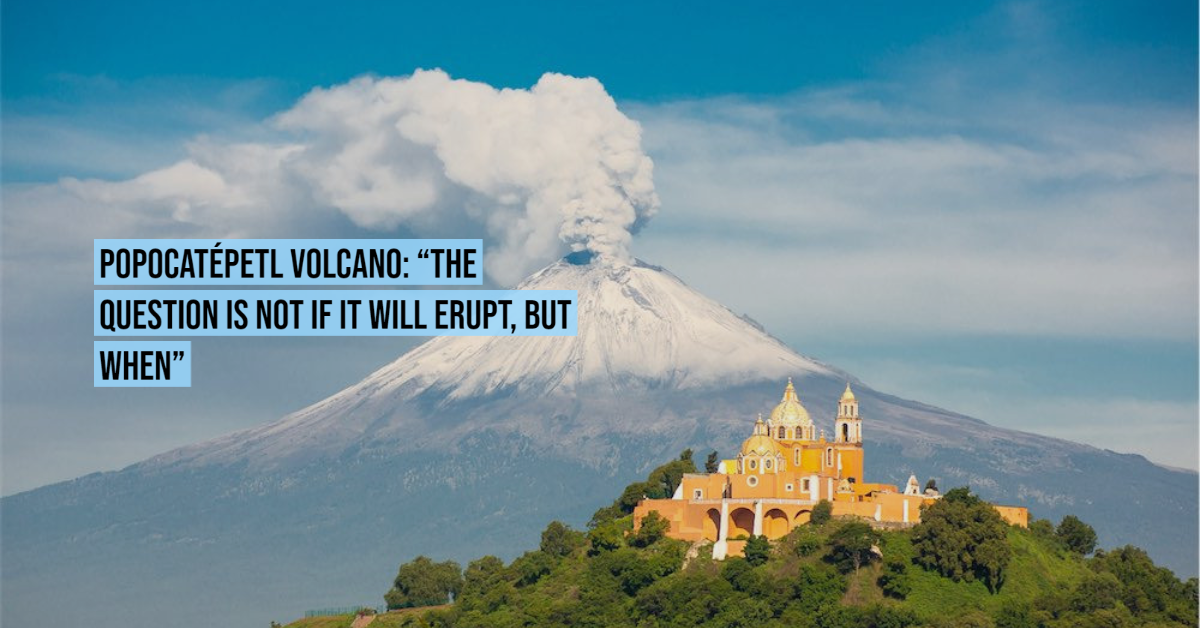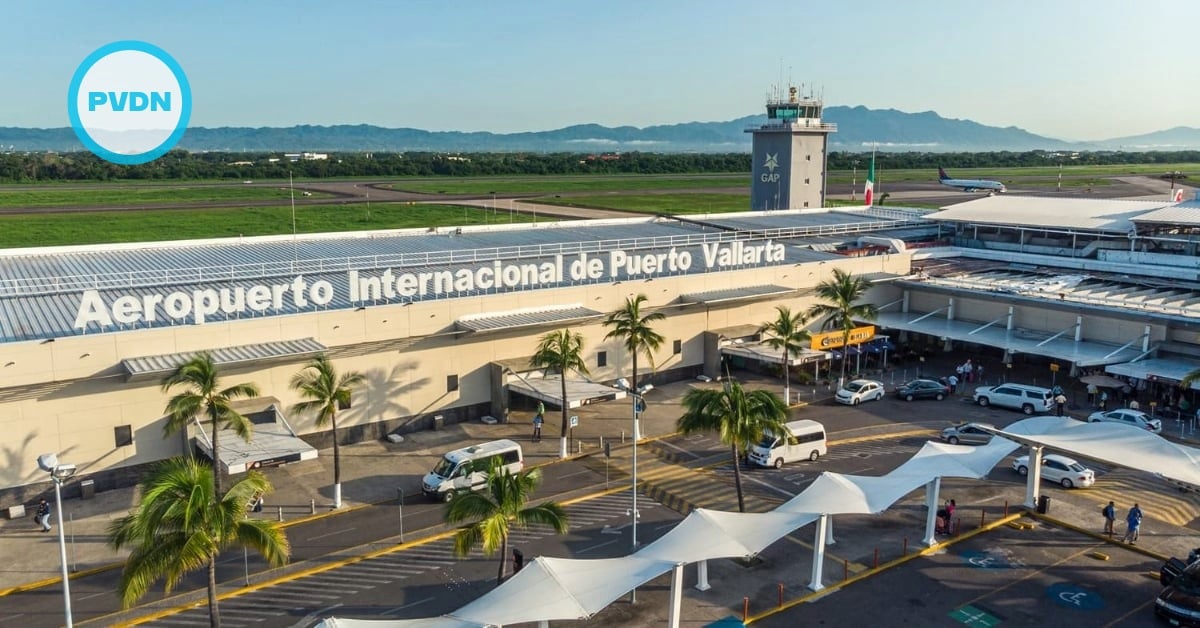On the night of March 29, there was an explosion at the mouth of Popocatépetl. A loud roar preceded the blast that left incandescent shards burning on the rims of the volcano's crater. "It is recommended not to approach," warned the authorities. The image was not so exotic for a region accustomed to living with a beast ready to wake up at any moment. A group of scientists has now published a study on the history of eruptions of one of the most dangerous volcanoes in the world with the intention of predicting the behavior it may . . .






